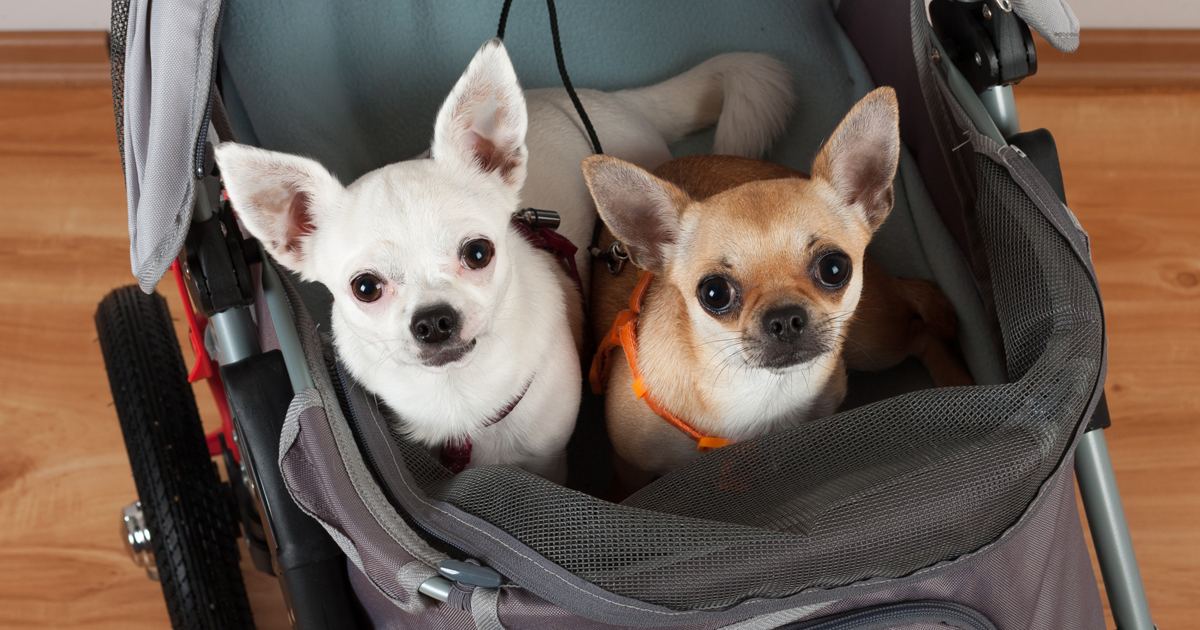“What’s in a name? That which we call a rose by any other name would smell as sweet.”
I thought I would begin this blog with some Shakespeare this month – for no other reason than I felt like it. However, it’s another “trigger warning” blog (sorry), so am I just trying to intellectualise and validate something that seems to annoy quite a few people in our industry?
I’m sure many things annoy many of us, but there is a definite divide on this issue… so what is it?
The trigger…
Box moved and has comfy blanket in. Brofur Buxton considering of is worthy of his bum #HugYourCatDay pic.twitter.com/JEAibRThsl
— Ebony Rae Davidson (@HolliethePeke) June 4, 2019
It’s the anthropomorphism of names for our pets and our relationship with them, which we see manifested in the use of:
- paw parent
- pet parent
- mummy/daddy
And then the names for the pets themselves:
- fur kids
- fur babies
- anipals
- furrends
- brofur/sisfur
I’ve probably lost some of you already at this point, such is the revulsion from some of our community.
However, I’m quite comfortable on the fence about this issue. As a pet parent myself, I use many of these phrases on Ebony’s Twitter account, and she’s a particular fan of “anipals” in her tweet greetings. She also likes to tweet about her brofur Buxton the cat… #sorrynotsorry
A time and place
I can see the use of these can be quite cloying, but:
- Can you use the use of these terms to assess a client’s relationship with his or her pet?
- Does this type of language make it harder or easier to communicate with our clients?
- Does excessive anthropomorphism make it harder for clients to be objective about their pet’s welfare?
- As we improve ways to assess pain and distress in pets, is this harder to implement with an overly-attached client?
- Does the use of “fur kids” mean its harder for a client to read the species-specific signals?
I’ve no real answers in this blog other than to highlight the different uses of language we all have, and use, at different times. I don’t head into a consult and start asking about the “fur kids”, but I do use these types of phrases on social media (when pretending to be my dog).
So, is there a time and place for this type of language?
A safe space
Instead of recoiling, I believe we should see this as a positive tool in our understanding of communication between us and our clients. In this time of declaring “safe spaces” are needed for us humans, is the vet consult and waiting room a place where our clients feel fully free to use all the types of language they may not use elsewhere?
They probably don’t use terms like brofur or sisfur in the park or with colleagues, but the veterinary clinic is surely the most pet-friendly space they’ll go with like-minded people focused on their pet’s welfare.
Maybe they use these words to demonstrate exactly how much they love their pets – and at the heart of everything a client does in a veterinary practice is the desire to ensure we know exactly how much they care.
Mirroring
We are aware, from basic body language information, that we mirror people we like and, in turn, prefer people who mirror our actions. So, is the use of a similar language base going to help you communicate with a client?
Should we mimic this and use a client‘s terms he or she is comfortable with?
We often do this with technical or anatomical terms to help clients understand, so would using an occasional “fur kid” or “paw parent” help build a relationship with a client? Does this use of language make them any less of a willing and caring owner?
I know this is a divisive area for us, but I like to look on these terms with the gentle humour they are meant to carry. I’d love it if you’d share some more of these types of phrases!

Leave a Reply